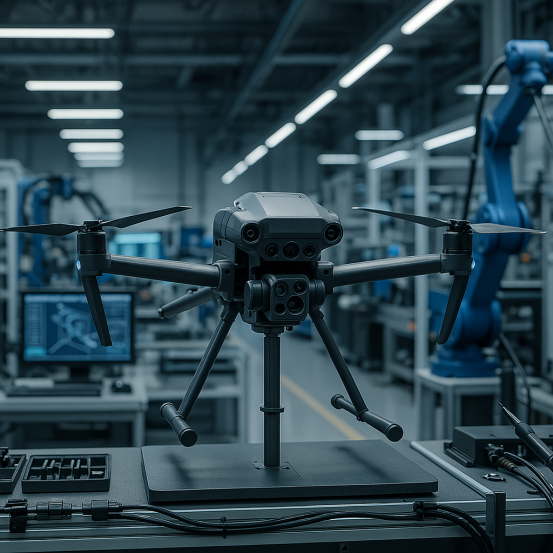
Unmanned aerial vehicle
Unmanned aerial vehicle
PMI foam is a highly valued material in the design and construction of UAVs due to its exceptional properties, which align perfectly with the primary requirements of unmanned systems – particularly minimizing weight while maximizing structural performance. It is predominantly used as a core material in advanced composite sandwich structures.
Application Scenarios in UAVs:
Given its benefits, PMI foam is used in a wide array of components across different types and sizes of UAVs, from small tactical drones to large High-Altitude Long-Endurance (HALE) platforms:
1.Airframe Structures:
Wings: Core material for main wing structures (spars, ribs, sandwich skins) providing bending stiffness and strength at minimal weight.
Fuselage/Body Panels: Used in monocoque or semi-monocoque fuselage designs to provide overall structural integrity.
Empennage (Tail Surfaces): Core material for vertical and horizontal stabilizers.
2.Control Surfaces:
Ailerons, Elevators, Rudders, Flaps: Creates lightweight, stiff control surfaces essential for flight stability and maneuverability.
3.Aerodynamic Fairings and Covers:
Wing-to-Body Fairings: Smooth aerodynamic transitions.
Landing Gear Doors: Lightweight covers.
Equipment/Sensor Fairings: Housings for external pods or sensors.
4.Antenna/Sensor Integration:
Integrated Radomes/Windows: Areas of the fuselage or wings needing RF transparency for embedded antennas or sensors.
Structural support for antenna installations.
5.Internal Structures:
Bulkheads and Ribs: Internal structural elements providing shape and load paths.
Equipment Mounting Bays/Shelves: Lightweight support structures for avionics, batteries, and payloads.
